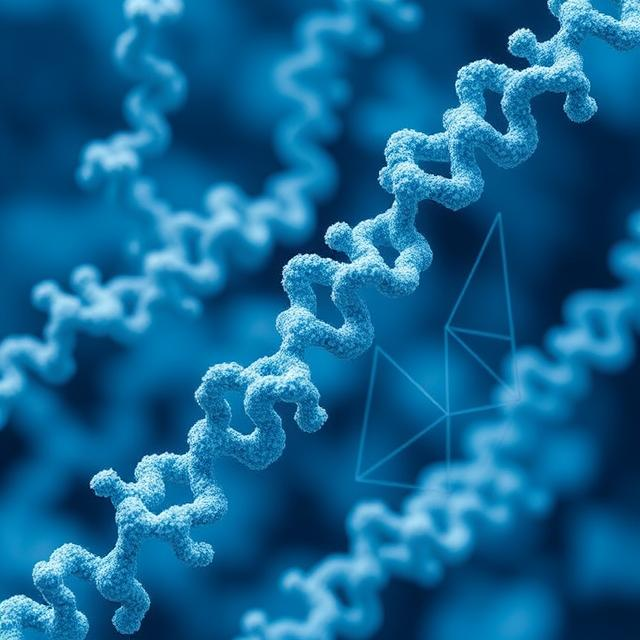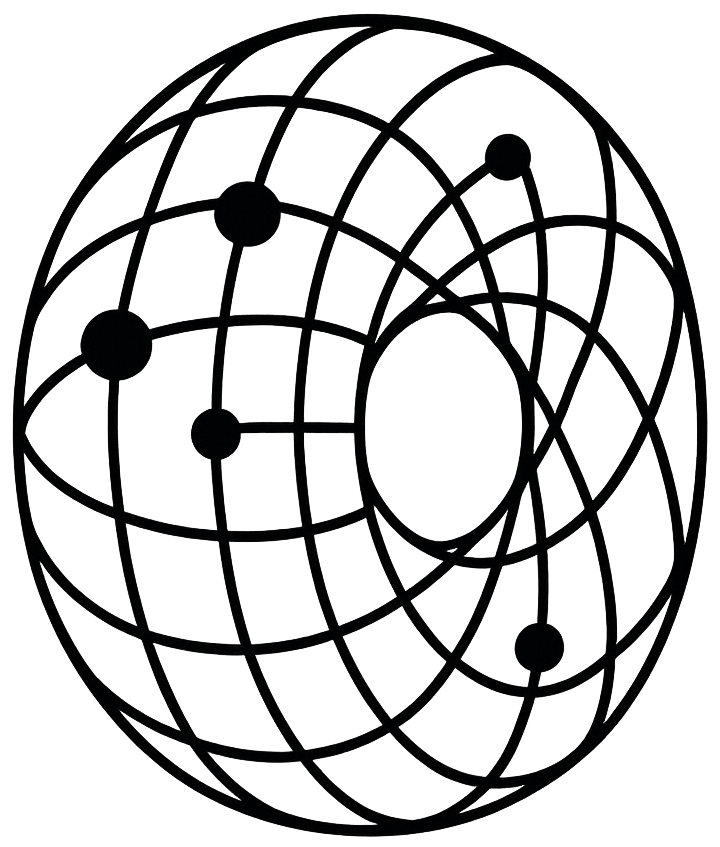Protein crystallization has long been the secret sauce in structural biology, revealing the atomic secrets of proteins and driving advances in drug design and enzyme engineering. Yet, the process often resembles a stubborn puzzle where one misstep can stall progress. Thanks to recent breakthroughs, however, what was once a bottleneck is now transforming into a gateway for innovation.
Cracking the Code: Stabilizing Proteins with Smart Ligands
For many proteins, their shape-shifting nature—especially when binding with ligands—can be a real hurdle to forming neat crystals. Scientists are now turning this challenge on its head by introducing small-molecule ligands to “lock” these proteins into more stable, crystallizable states. By leveraging techniques such as differential scanning fluorimetry (which tracks the fluorescence of a dye as the protein unfolds) and differential static light scattering (which monitors protein aggregation during heat-induced denaturation), researchers can screen for ligands that boost protein thermal stability. In one notable study, over 200 proteins were put through the paces with a variety of compounds—from common cofactors and metals to specialized kinase inhibitors—paving the way for more reliable crystallization outcomes .
From Art to Science: The Rise of Intelligent Design

Gone are the days when protein crystallization was seen purely as an art form. Visionaries like Zygmunt Derewenda have championed a shift towards “Protein Crystallization by Intelligent Design,” merging rigorous experimental methods with creative problem-solving. By thoughtfully pairing biophysical screening with targeted experimental tweaks, scientists are now crafting conditions that coax even the most elusive proteins into forming crystals—a move that’s reshaping the field’s landscape .
Fine-Tuning the Experiment: Mastering the Details
Success in protein crystallization often hinges on mastering the fine details—like protein concentration. For instance, larger proteins generally do better at lower concentrations, while smaller proteins may need a bit more to hit the sweet spot (usually between 5–20 mg/ml). Initial screens that reveal the nature of precipitates offer invaluable clues, guiding further adjustments until the ideal conditions are met .
Beyond Earth: Microgravity and Next-Level Technologies
In an unexpected twist, space is playing a role in the crystallization revolution. Microgravity environments, like those created during NASA’s protein crystal growth experiments, can produce crystals of exceptional quality. Advanced hardware systems designed for these unique conditions are now making the leap from space research to practical, ground-based applications, breaking new ground in how we approach crystallization .
Merging Minds: Where Crystallization Meets Protein Engineering
The future of protein science is all about synergy. As protein engineering techniques evolve—enhancing stability, specificity, and catalytic efficiency—they dovetail perfectly with crystallization methods. Modern approaches, often powered by artificial intelligence and high-throughput screening, are not only refining our structural insights but also accelerating the development of next-generation therapeutics and industrial enzymes. This integrated strategy is opening up a world where understanding protein structure is just the beginning .
By transforming traditional hurdles into opportunities for innovation, the field of protein crystallization is evolving from a painstaking trial-and-error process into a dynamic and smart science. The blend of intelligent design, detailed experimental finesse, and cutting-edge technology is charting a course toward discoveries that could redefine our approach to medicine, industry, and beyond.
